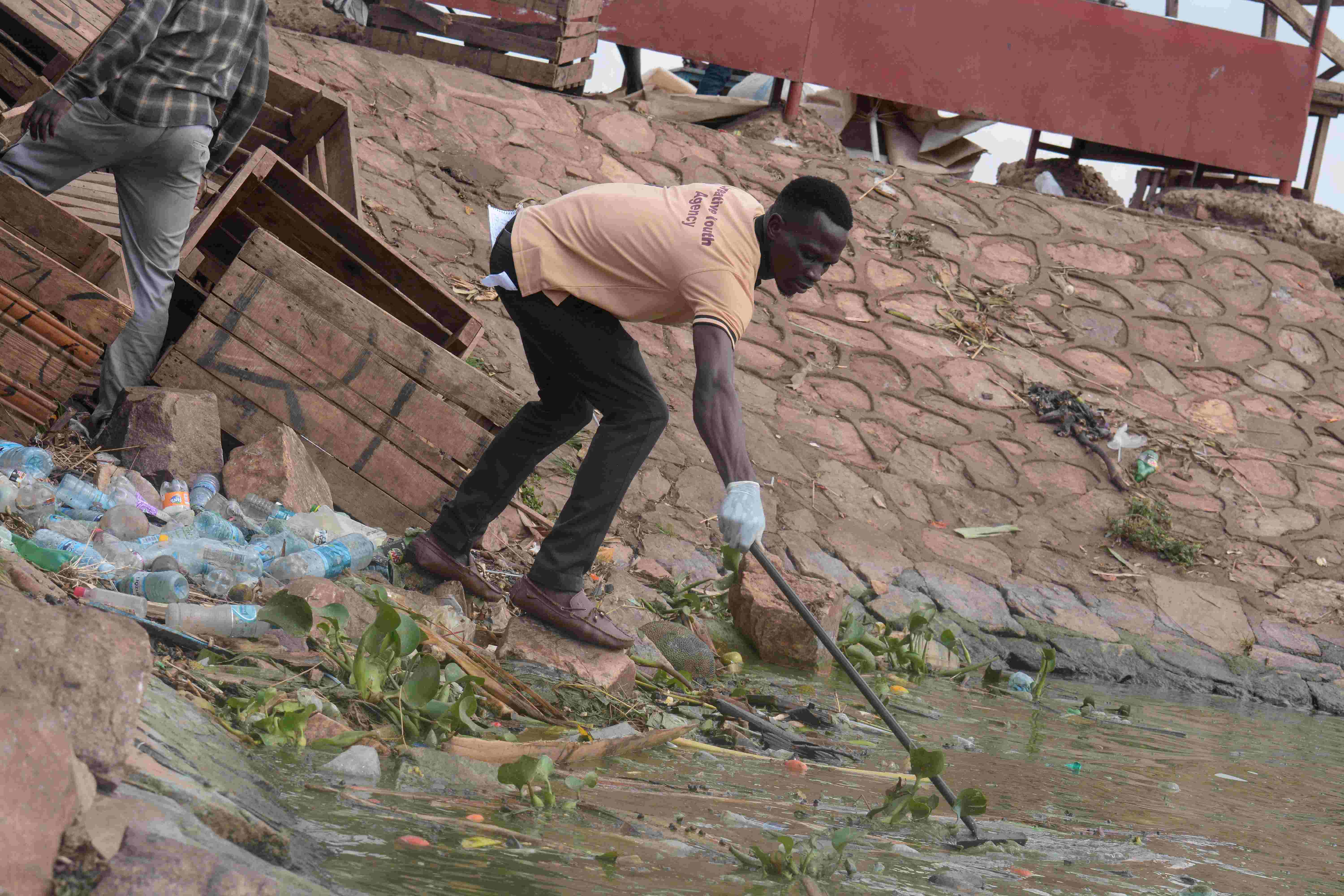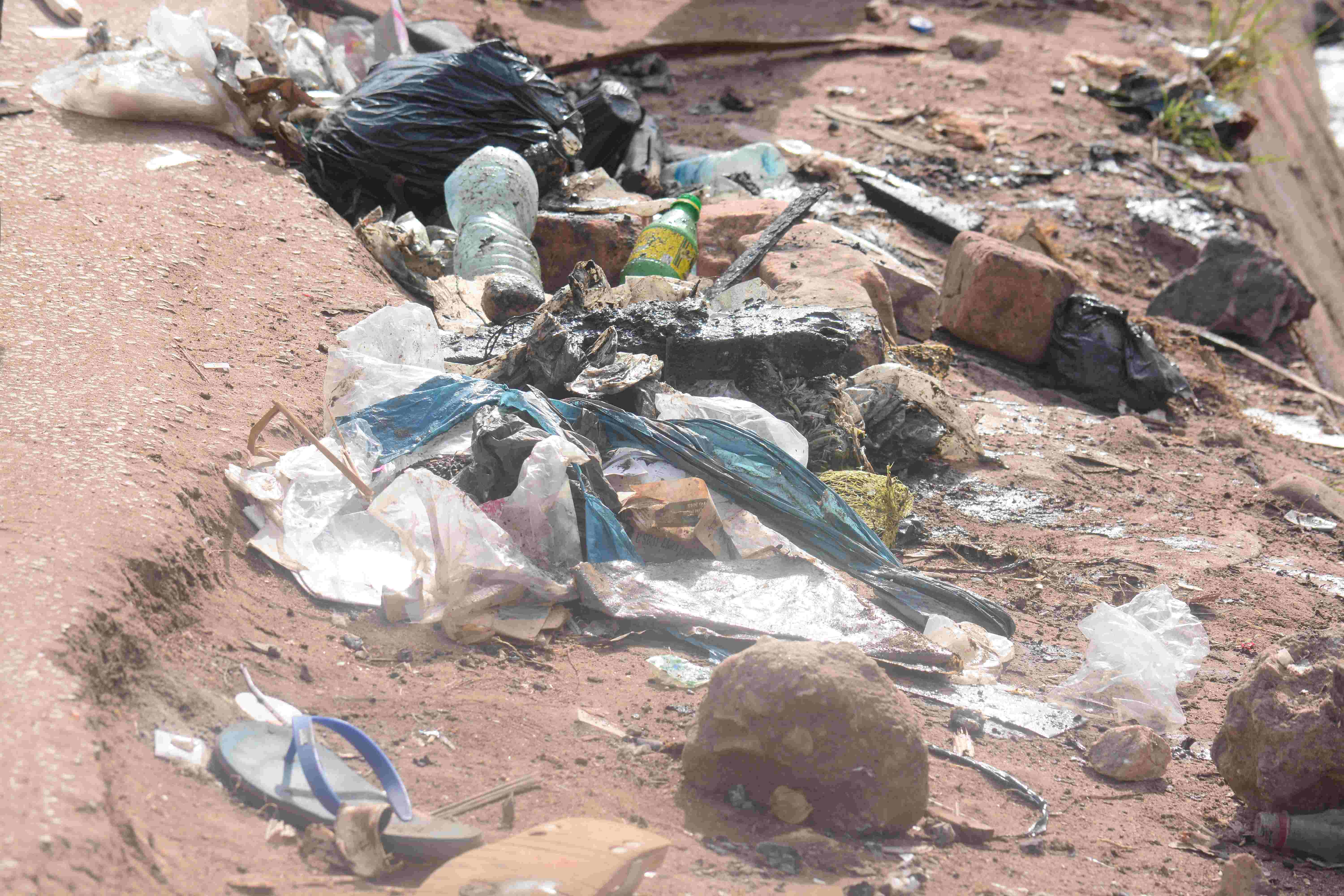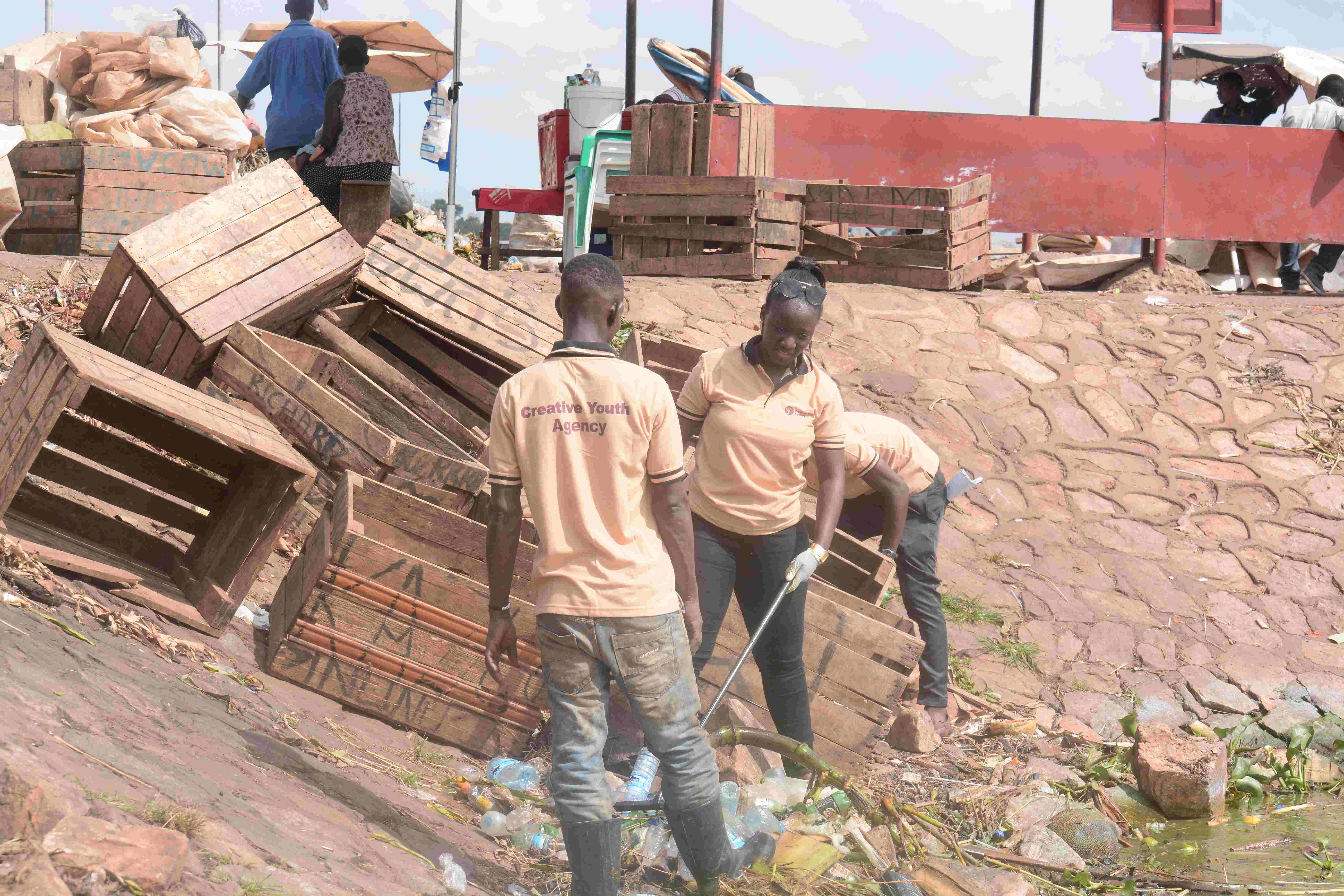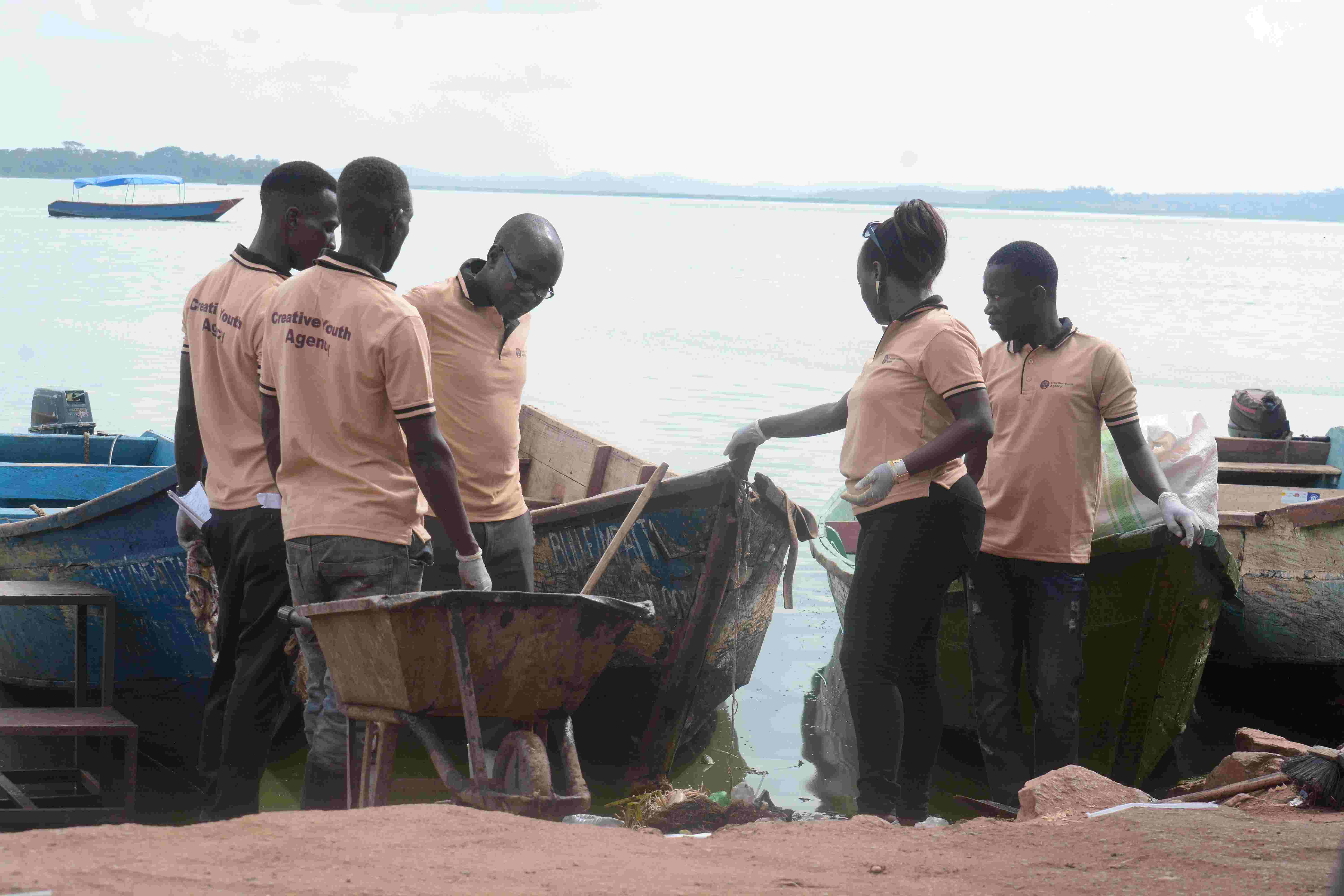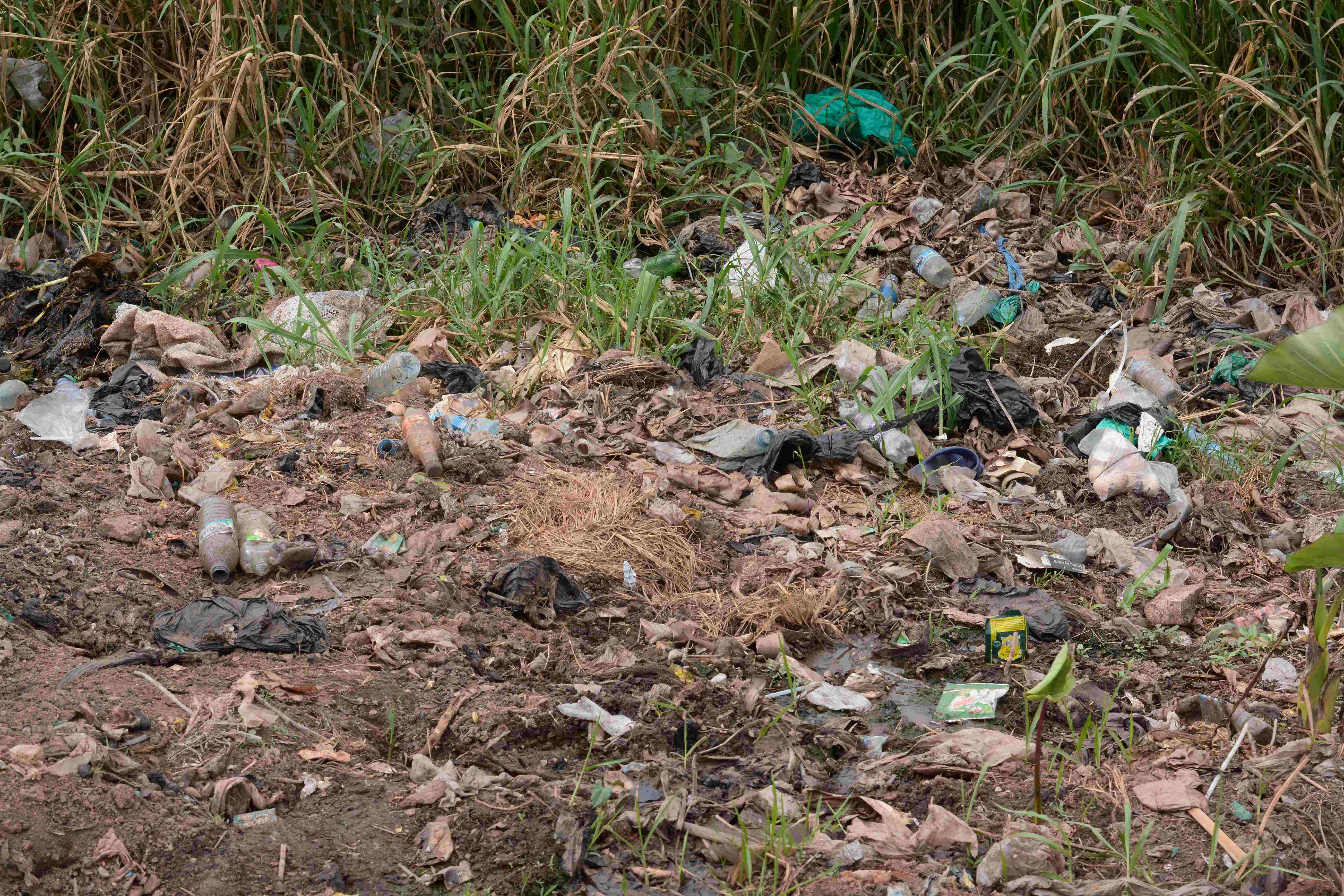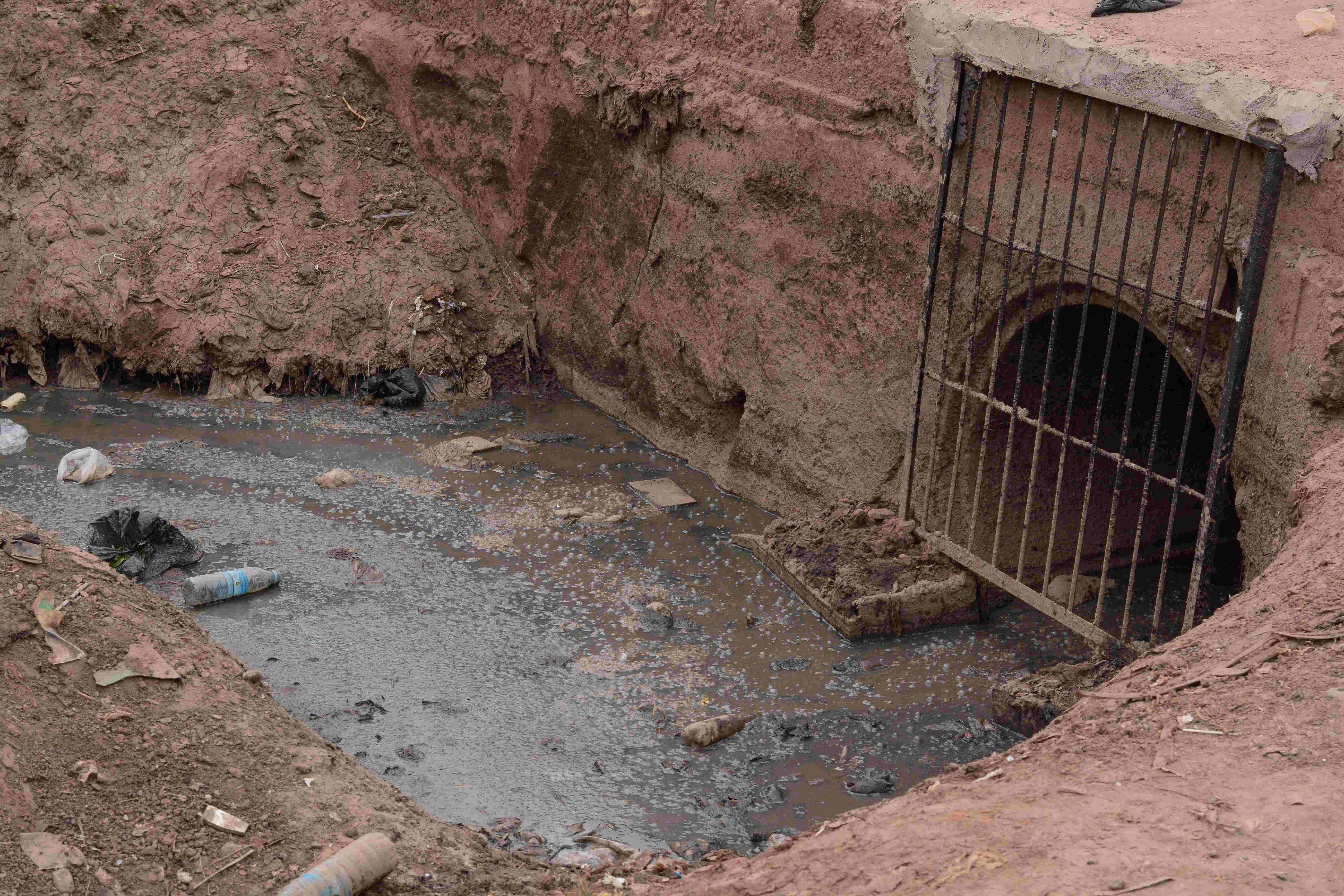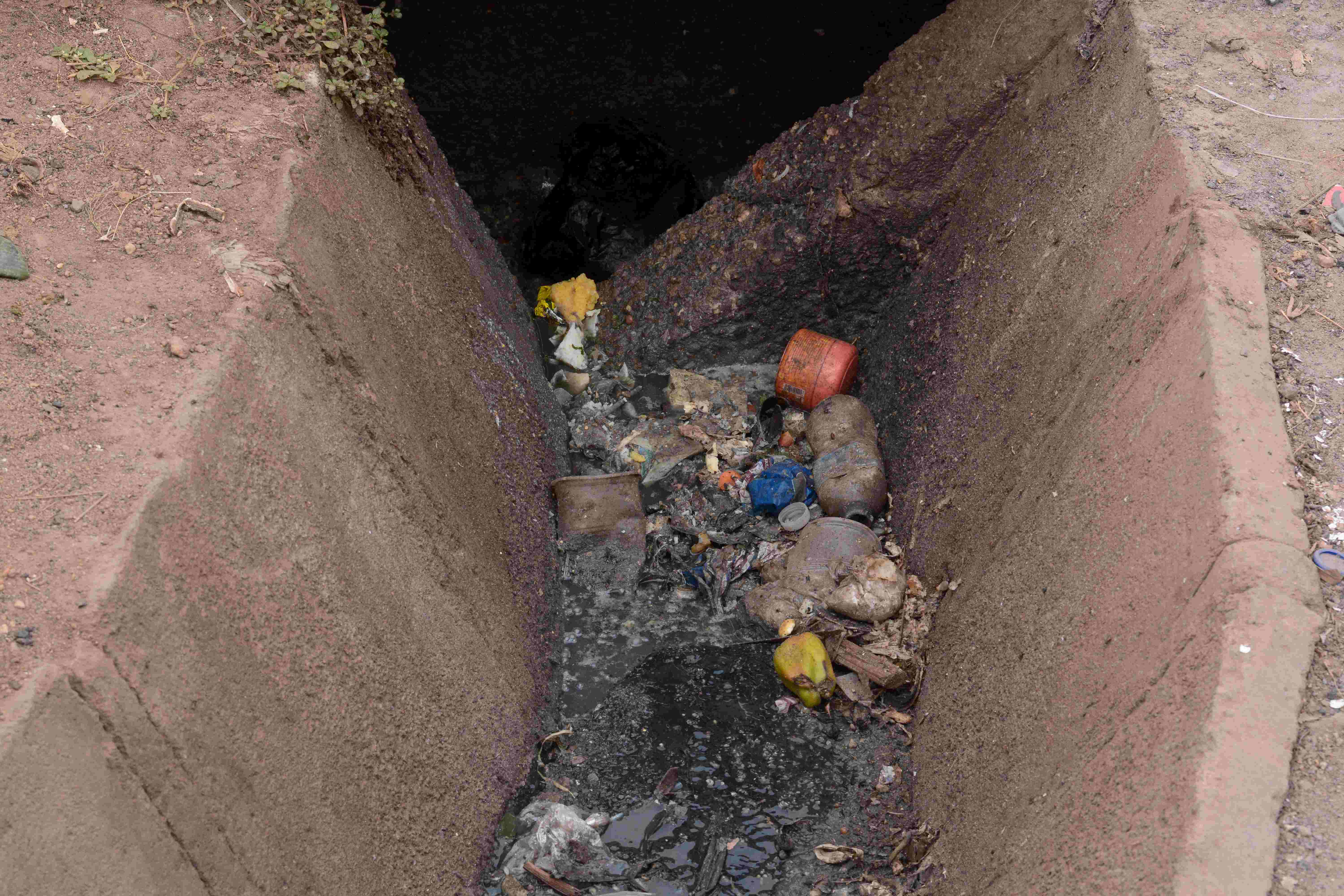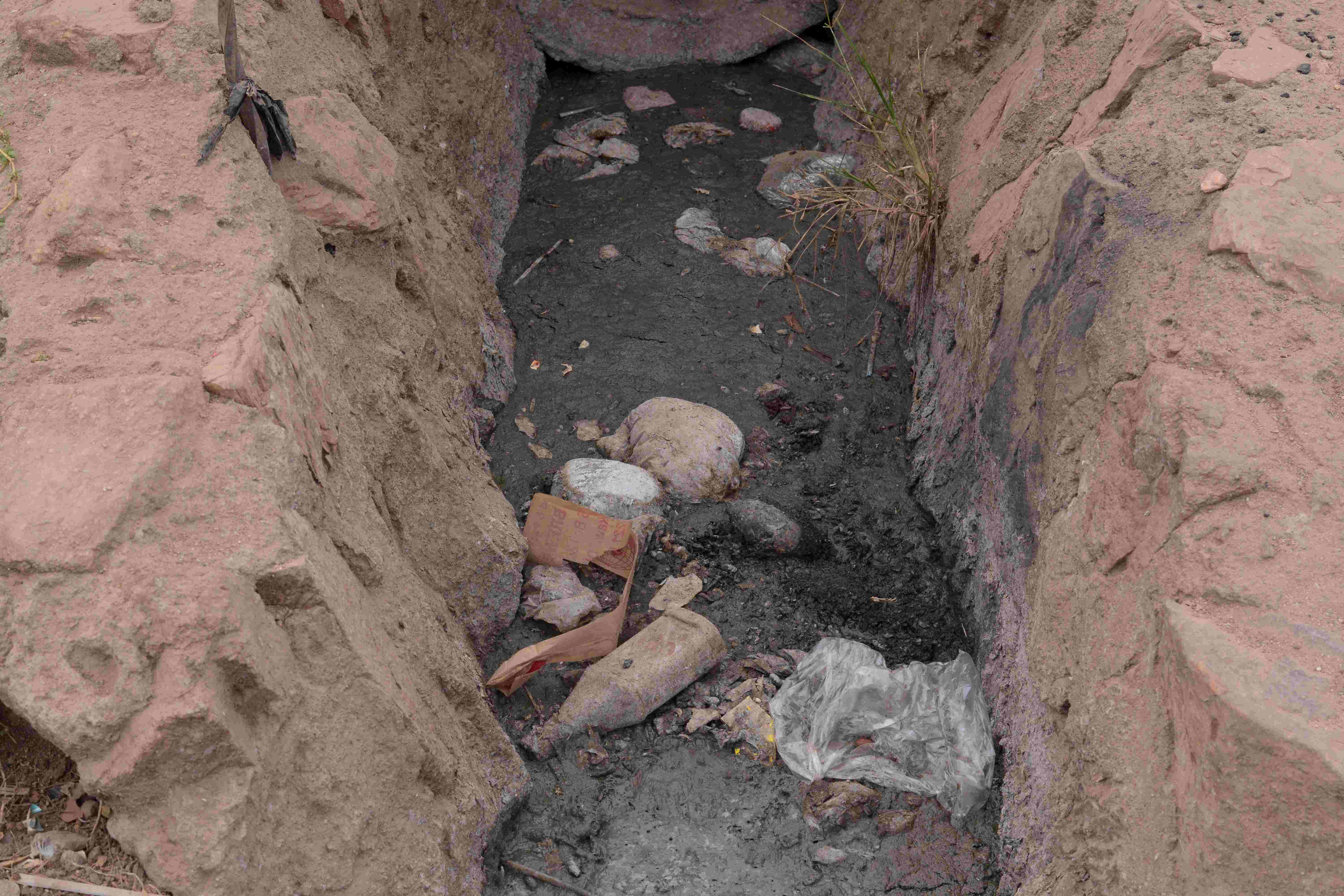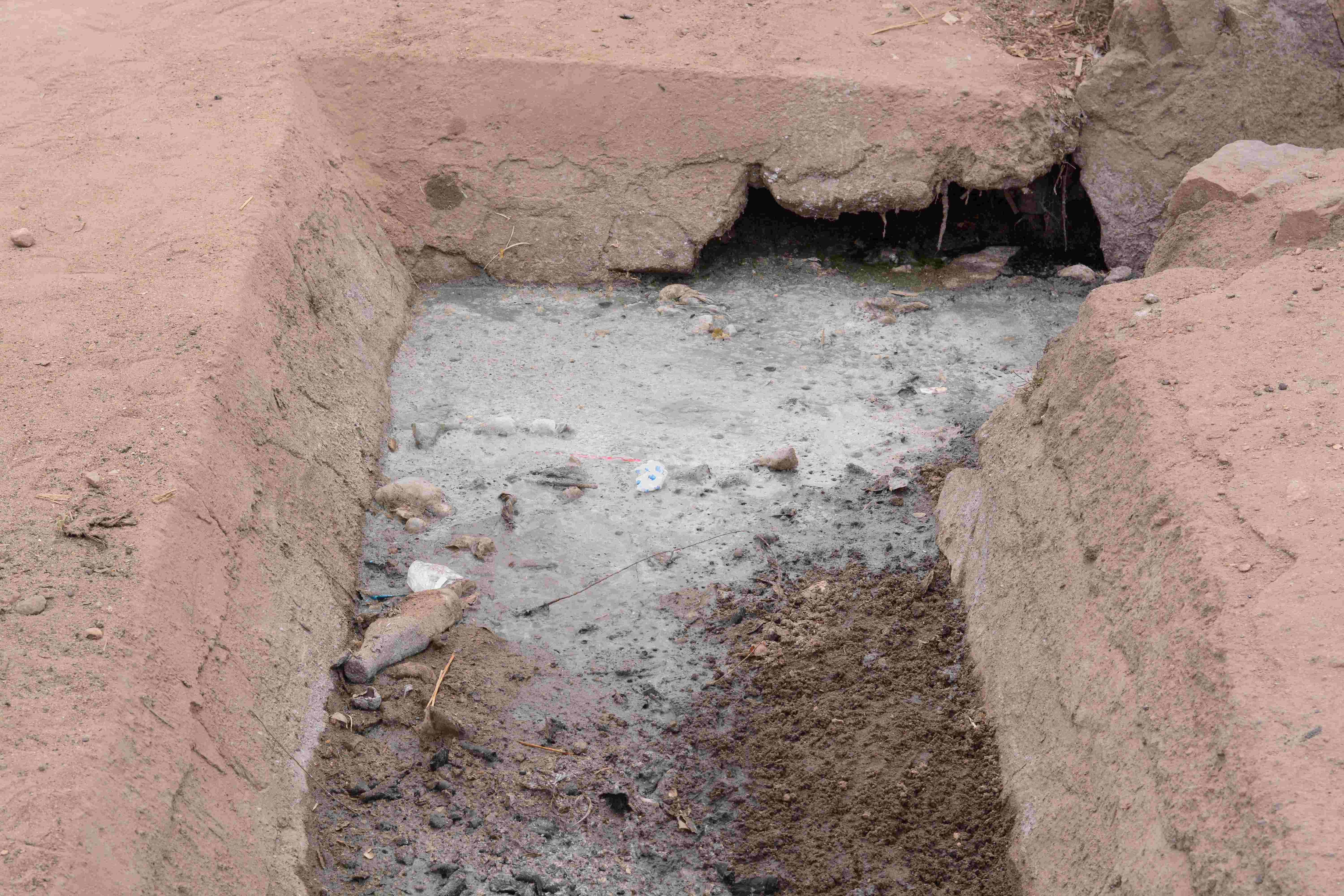About this campaign
Lake Victoria is one of the African Great Lakes. The lake was named after Queen Victoria by the explorer John Hannington Speke, the first Briton to document it. Speke accomplished this in 1858, while on an expedition with Richard Francis Burton to locate the source of the Nile River; its area is 68,800 sq.km. Location-African Great Lakes. Max depth: 81m (266ft).
PLASTIC POLLUTION
One of the main challenges is a lack of knowledge about the amount of plastic contamination and where it comes from. Plastic debris found in the bodies of water have been categorized into microplastics for research purposes. Microplastics are classified as plastics that are smaller than 5mm wide and any plastic debris found over 5mm wide are classified as macroplastics to help classify samples in studies (Baldwin et al, 2016).
The majority of plastic debris found in Lake Victoria are microplastics, including the well known microbeads. Tiny plastic microbeads, which are found in products such as toothpastes, facial scrubs, and soaps, are being found polluting Lake Victoria. The microbeads are entering the lakes through sewage overflows and are so small that they can pass through sewage treatment. Once in the water, microbeads, like other plastics, can attract and absorb toxic chemicals. Scientific studies have shown that fish and wildlife of all sizes consume plastic and that the chemicals can be passed up the food chain to larger fish, wildlife, and ultimately humans.
In conclusion, combating plastic pollution in Lake Victoria is an important issue that needs to be addressed. Plastic pollution in this great lake will greatly affect Humans in the near future as it is an essential source of life. Raising awareness from new studies conducted in the Lake is the first step. Policies must be put in place on proper waste management especially on plastic disposal.
As Creative Youth Agency, we have considered the harmful effects of plastic debris in Lake Victoria and continue research in these areas. Degradation of plastic will take many years and it will be too late to see how detrimental the chemicals leaching out from these plastics will impact on the ecosystem. It is important to address this issue before any more damage is done instead of rushing to aid a problem that is too late to fix down the road. What shall we tell the next generations yet to come?

